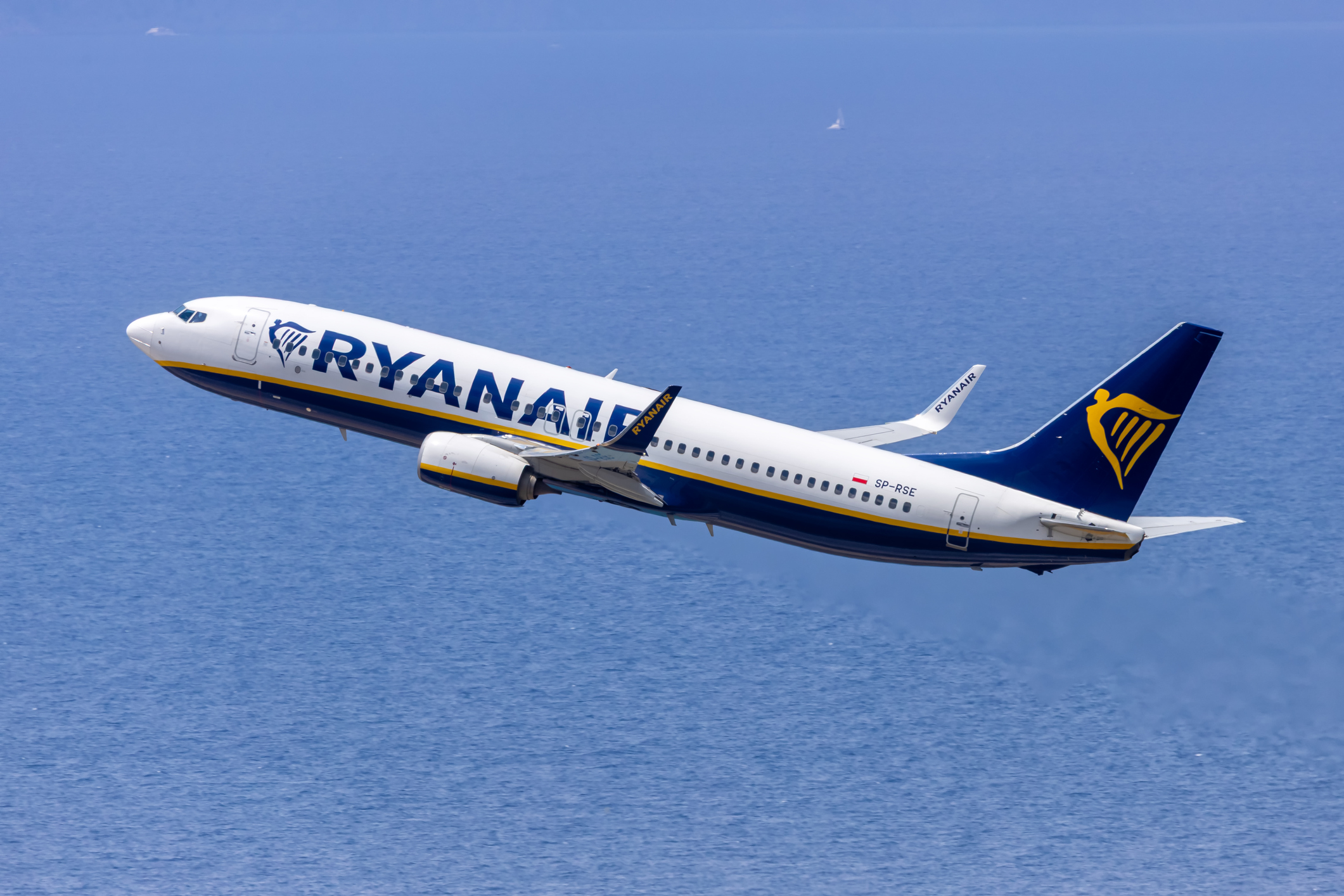The new Suez crisis will boost inflation
The blockage of the Suez Canal has sent container shipping prices soaring and put global supply chains under unprecedented stress.

The grounding of the Ever Given container ship halted traffic on the Suez Canal for almost a week before the vessel was finally freed on Monday.
The blockage resulted in vast maritime tailbacks as hundreds of container ships waited to pass between the Mediterranean and the Red Sea, disrupting an estimated £7bn of trade in goods every day, according to shipping data from Lloyd’s List. Shipping line Maersk warned that knock-on congestion at ports could potentially take “months” to clear.
A crucial chokepoint
The Suez Canal carries about 12% of world trade. It reduces shipping times between Europe and Asia by almost two weeks (boats would otherwise have to go around the whole of Africa). An estimated 7% of the world’s oil passes through the canal, but oil markets remained calm during the blockage. Renewed virus restrictions in Europe and plentiful global oil stockpiles meant that shortages remained far from traders’ minds.
MoneyWeek
Subscribe to MoneyWeek today and get your first six magazine issues absolutely FREE

Sign up to Money Morning
Don't miss the latest investment and personal finances news, market analysis, plus money-saving tips with our free twice-daily newsletter
Don't miss the latest investment and personal finances news, market analysis, plus money-saving tips with our free twice-daily newsletter
The Suez Canal is one of four major “chokepoints” for global shipping, says Deutsche Welle. The Strait of Hormuz, which separates Iran from the Arabian Peninsula, occupies a special place in the nightmares of oil traders: about a quarter of seaborne oil and one-third of liquefied natural gas pass through the narrow strait. The Panama Canal carries 5% of world trade; in Asia, 40% of global trade and 80% of Chinese oil imports pass through the Strait of Malacca . “At its narrowest point off Singapore” it is 1.7 miles wide.
Prices will rise
Global shipping was already “in chaos” before the Suez blockage, says Hanna Ziady for CNN Business. Covid-19 disruption, which has closed factories and tightened border controls, has put global supply chains under “unprecedented” stress. On the demand side, US seaborne imports are up by 30% in a year because of booming demand for “televisions, furniture and exercise bikes”.
The result is that container-shipping rates have soared, says the Financial Times. The cost of shipping a 40-ft container from east Asia to the US has risen from $1,500 in January 2020 to $4,000 today. Supply chains have held up during the pandemic; prolonged shortages have been rare. Yet the “New Suez crisis” is a reminder that our “just-in-time” logistics model prioritises efficiency over “resilience”.
Pricier shipping costs will eventually be passed on to consumers in the form of higher prices, says James Thomson in the Australian Financial Review. Ports from Los Angeles to Auckland to Chittagong in Bangladesh are already badly congested. A surge in demand for goods from locked-down consumers has manufacturers working flat out to keep up: the PMI gauge of eurozone manufacturing activity recorded its highest reading since 1977 in March. “It’s hard to see how this pressure doesn’t manifest [itself] in higher inflation.”
Get the latest financial news, insights and expert analysis from our award-winning MoneyWeek team, to help you understand what really matters when it comes to your finances.
Alex is an investment writer who has been contributing to MoneyWeek since 2015. He has been the magazine’s markets editor since 2019.
Alex has a passion for demystifying the often arcane world of finance for a general readership. While financial media tends to focus compulsively on the latest trend, the best opportunities can lie forgotten elsewhere.
He is especially interested in European equities – where his fluent French helps him to cover the continent’s largest bourse – and emerging markets, where his experience living in Beijing, and conversational Chinese, prove useful.
Hailing from Leeds, he studied Philosophy, Politics and Economics at the University of Oxford. He also holds a Master of Public Health from the University of Manchester.
-
 Metals and AI power emerging markets
Metals and AI power emerging marketsThis year’s big emerging market winners have tended to offer exposure to one of 2025’s two winning trends – AI-focused tech and the global metals rally
-
 8 of the best houses for sale with beautiful fireplaces
8 of the best houses for sale with beautiful fireplacesThe best houses for sale with beautiful fireplaces – from a 15th-century cottage in Kent to a 17th-century palazzo in Oxfordshire
-
 Metals and AI power emerging markets
Metals and AI power emerging marketsThis year’s big emerging market winners have tended to offer exposure to one of 2025’s two winning trends – AI-focused tech and the global metals rally
-
 King Copper’s reign will continue – here's why
King Copper’s reign will continue – here's whyFor all the talk of copper shortage, the metal is actually in surplus globally this year and should be next year, too
-
 The coming collapse in the jobs market
The coming collapse in the jobs marketOpinion Once the Employment Bill becomes law, expect a full-scale collapse in hiring, says Matthew Lynn
-
 Renewable energy funds are stuck between a ROC and a hard place
Renewable energy funds are stuck between a ROC and a hard placeRenewable energy funds were hit hard by the government’s subsidy changes, but they have only themselves to blame for their failure to build trust with investors
-
 The war dividend – how to invest in defence stocks as the world arms up
The war dividend – how to invest in defence stocks as the world arms upWestern governments are back on a war footing. Investors should be prepared, too, says Jamie Ward
-
 Did COP30 achieve anything to tackle climate change?
Did COP30 achieve anything to tackle climate change?The COP30 summit was a failure. But the world is going green regardless, says Simon Wilson
-
 Rachel Reeves's punishing rise in business rates will crush the British economy
Rachel Reeves's punishing rise in business rates will crush the British economyOpinion By piling more and more stealth taxes onto businesses, the government is repeating exactly the same mistake of its first Budget, says Matthew Lynn
-
 Leading European companies offer long-term growth prospects
Leading European companies offer long-term growth prospectsOpinion Alexander Darwall, lead portfolio manager, European Opportunities Trust, picks three European companies where he'd put his money